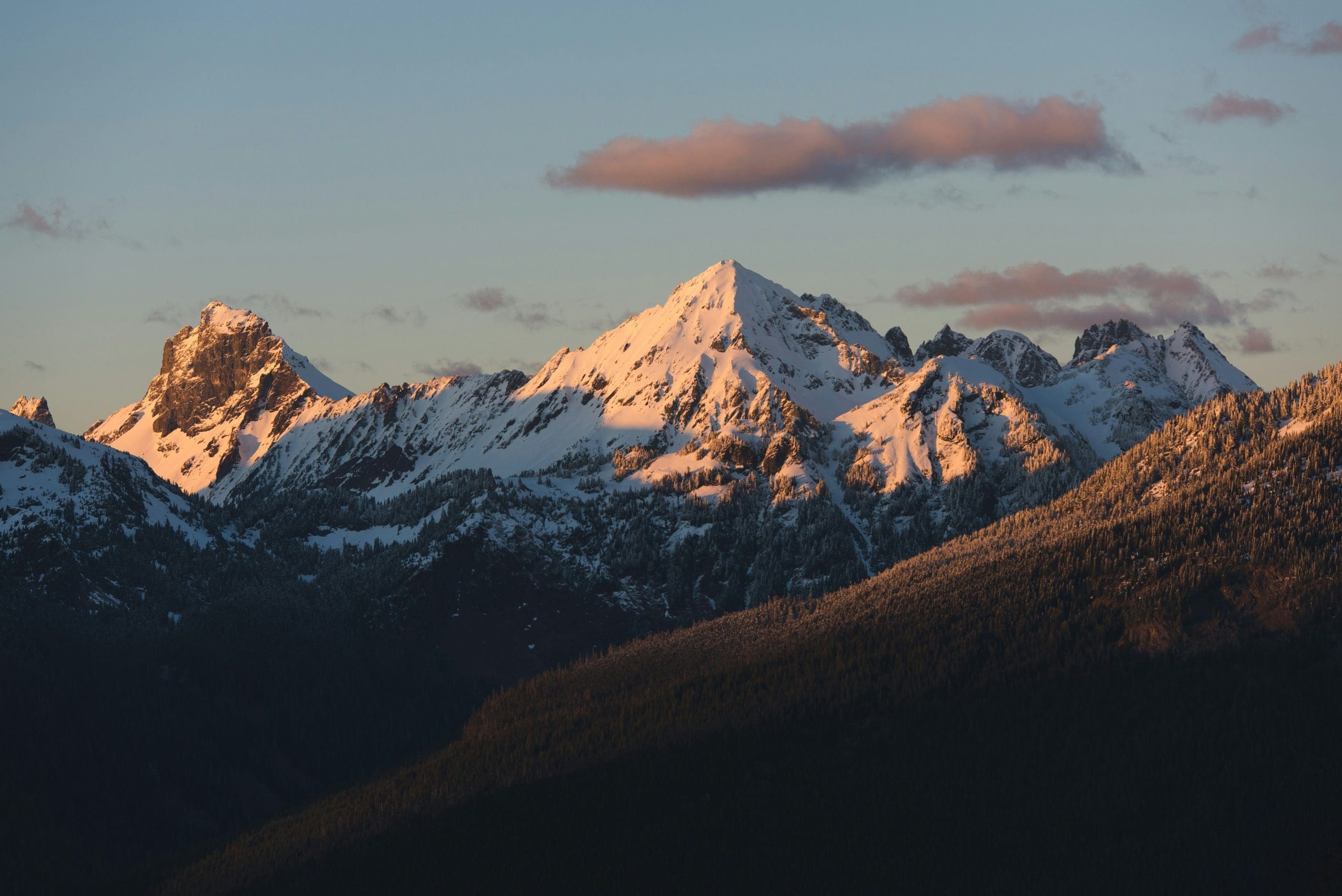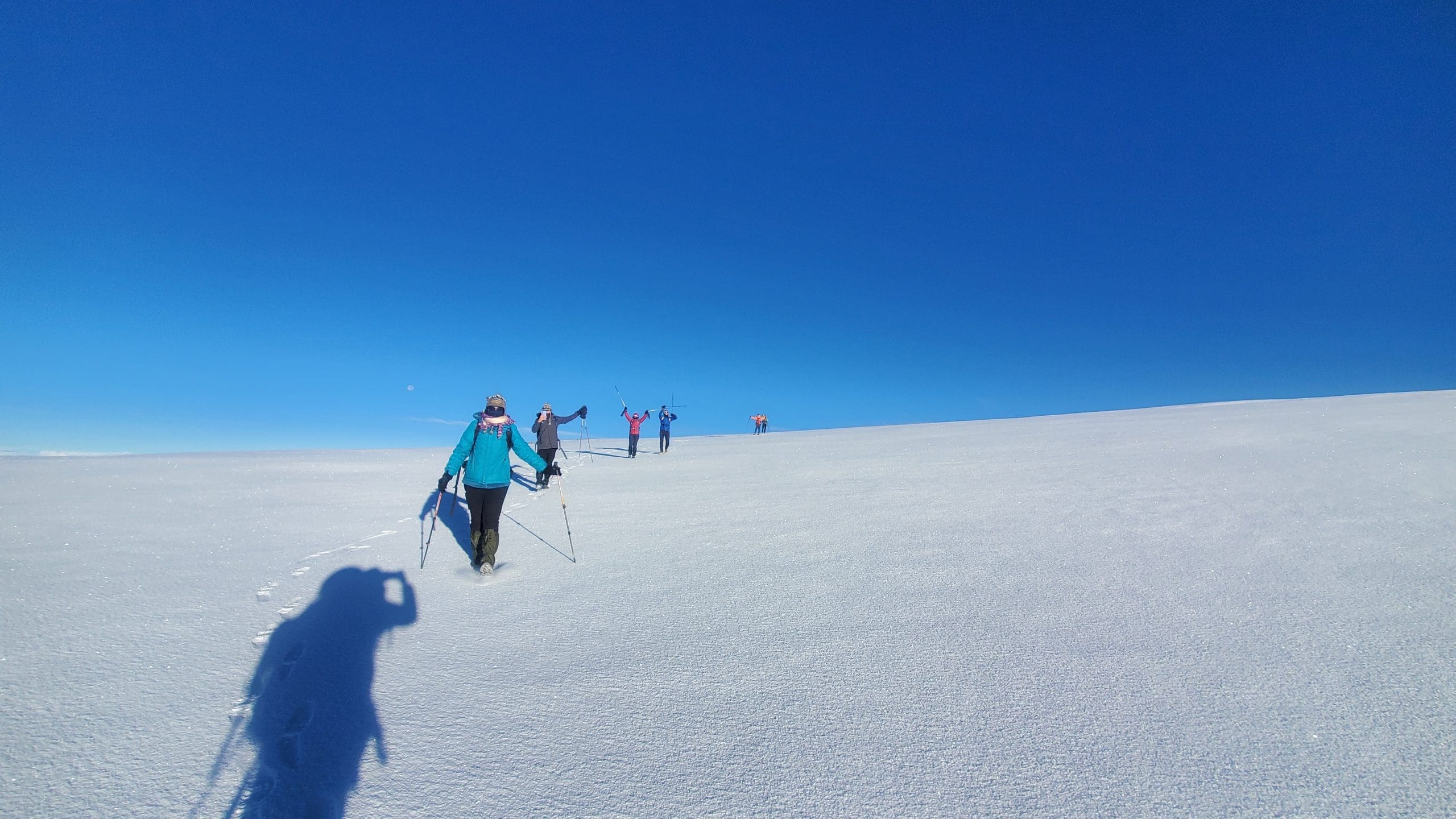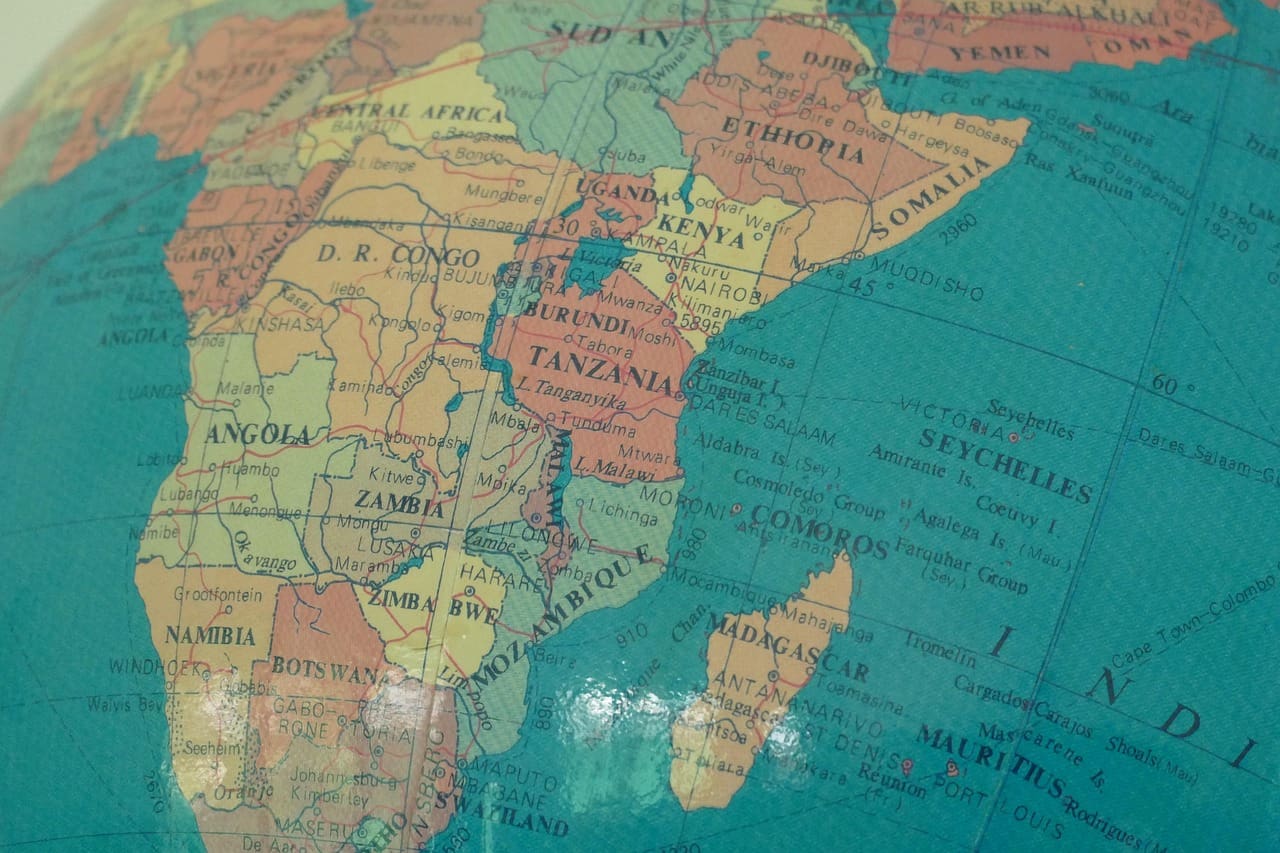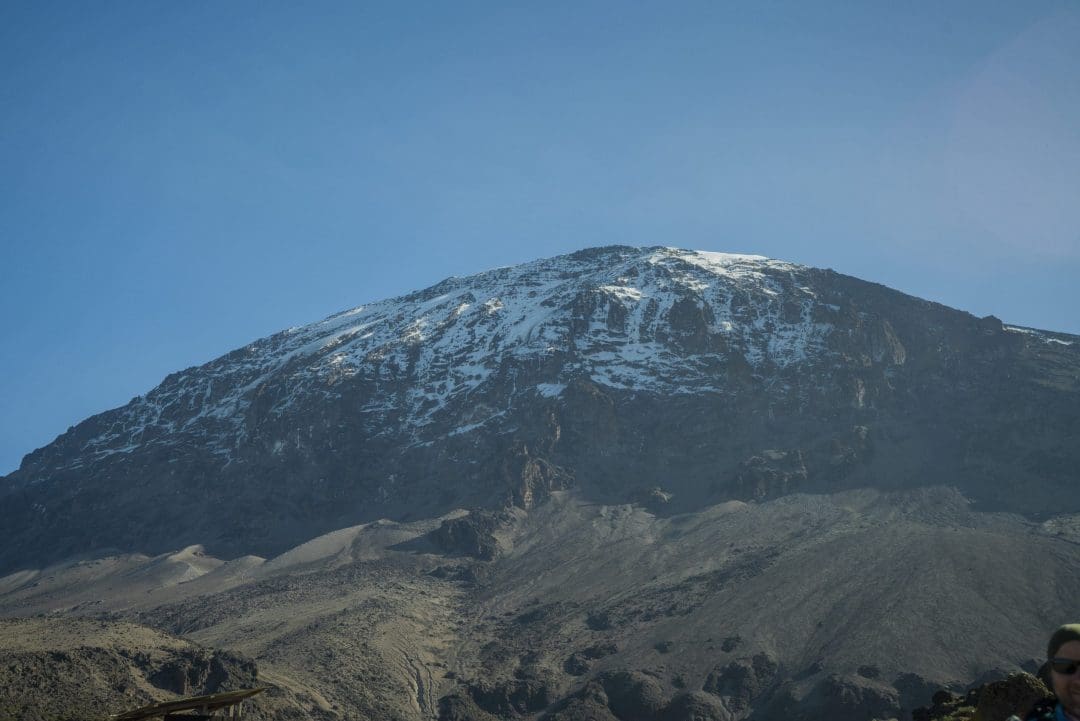Cascade Mountain, located in Wisconsin, is a beautiful attraction situated along Route 73 in Portage, offering a mix of winter activities and summer hiking. The range is known for its stunning peaks, volcanic activity, and diverse ecosystems, making it a natural masterpiece and a haven for every outdoor enthusiast. Here, we describe the entirety you must know about it.
Whether you’re planning a snowy ski trip or a peaceful Cascade mountain hike, there’s something here for everyone, from the summit views to its fun tubing slope.
Cascade Mountain Hike: Your Trail Guide
The Cascade Mountain hike offers an enjoyable challenge for hikers in good shape. The terrain is friendly for beginners yet rewarding for seasoned adventurers. Most hikes last between 25 minutes and 2 hours, depending on the chosen trail and your pace. The summit isn’t too technical, and the trail is well-marked, making it ideal for anyone exploring the Adirondack High Peaks without needing to travel to New York.
How Were the Cascades Formed?
They were formed by tectonic plate interactions, specifically the subduction of the Juan de Fuca Plate beneath the North American Plate. This process has created a line of volcanic peaks, many of which remain active to this day. Over the past few million years, repeated eruptions, lava flows, and glaciation have shaped the breathtaking terrain we see today.
What is unique about the Cascade Mountains?
Cascade Mountain, Wisconsin, is not just a ski hill; it’s an all-seasons adventure hub. During winter, it becomes a lively hub for families. Kids can enjoy snow tubing, snowboarding, and skiing, all for free when accompanied by a paying adult. This offer makes it a budget-friendly and fun option for parents. In the warmer months, hikers tackle wooded trails that offer moderate elevation gains. The adventure rewards trekkers with views of Lake Placid–like terrain, even after just 20 minutes into the hike.
What Are the Most Famous Peaks in the Cascade Range?

The Cascade Mountains are home to some of the most iconic peaks in the United States:
- Mount Rainier (4,392 m / 14,411 ft): Washington’s tallest mountain, known for its glaciers and alpine beauty.
- Mount St. Helens: Notorious for its explosive 1980 eruption.
- Mount Hood: Oregon’s highest peak and a popular climbing destination.
- Mount Baker, Lassen Peak, and Glacier Peak also contribute to the range’s volcanic identity.
- Glacier Peak (3,213 m / 10,541 ft): A remote stratovolcano often overlooked but geologically significant.
- Lassen Peak (3,187 m / 10,457 ft): One of the largest plug dome volcanoes in the world, located in Northern California.
- Three Sisters (each around 3,000 m / 10,000 ft): A trio of volcanic peaks in Oregon, offering scenic hiking and mountaineering opportunities.
- Mount Jefferson (3,199 m / 10,499 ft): A rugged and isolated peak in Oregon with striking glacial features and technical climbs.
Outdoor Activities in the Cascades
The Cascade Mountains offer a year-round adventure. Popular activities include:
- Hiking and Backpacking: With trails like the Pacific Crest Trail crossing through the range.
- Winter Sports: Snowboarding, skiing, and snowshoeing in resorts and backcountry terrain.
- Climbing and Mountaineering: Many peaks, like Mount Hood and Mount Rainier, challenge even seasoned climbers.
- Wildlife Viewing: Look out for black bears, elk, cougars, marmots, and a variety of bird species.
Geology and Volcanic Activity
The Cascades are a geologically young and dynamic range. Over a dozen stratovolcanoes dominate the landscape, with some, such as Mount St. Helens, still considered active. They are studied closely by geologists monitoring seismic and geothermal activity.
Human History and Culture
For thousands of years, Indigenous tribes such as the Yakama, Klamath, Chinook, Cowlitz, and Klickitat have inhabited and lived around the Cascade Mountains. The range holds deep spiritual and cultural meaning for these people.
Many of their oral traditions and legends are rooted in the powerful presence. For example:
- The Yakama Nation shares a legend about three great mountains. Mount Adams, also called Pahto, and Mount Rainier, known as Takhoma, were said to be brothers. Both fell in love with a beautiful woman named Loowit, who later became Mount St. Helens. When the two brothers fought over her, the Great Spirit intervened and turned all three into mountains, separating them to end the conflict.
- The Klamath tribe has a legend about the creation of Crater Lake, which is linked to the eruption and subsequent collapse of Mount Mazama, once part of the volcanic arc. According to the story, it was the site of a battle between the sky god Skell and the god of the underworld, Llao.
These stories not only reflect the mythology of these communities but also demonstrate an ancient understanding of the natural forces at work in the region. Today, these traditions are honored through cultural preservation efforts and the continued protection of the land by Indigenous peoples.
How Big Is the Cascade Mountain in Wisconsin?
The mountain isn’t part of the larger Cascade Range in the Pacific Northwest. Instead, it’s a family-friendly ski and snowboard resort near Portage, Wisconsin, just off Interstate 90/94. Although not mountainous in the traditional alpine sense, it features a 460-foot (140-meter) vertical drop and over 170 acres of skiable terrain.
The resort features 47 named runs, four terrain parks, and a tubing hill, making it an ideal destination for both beginners and seasoned winter sports enthusiasts. The longest run extends about 1 mile (1.6 km), offering scenic views and a gentle slope.
Located near Wisconsin Dells and just 30 minutes from Madison, it is part of a wider landscape that invites adventure. Foothills and nearby towns, such as Baraboo, offer beautiful trails and natural attractions. While Cascade Mountain in Wisconsin provides a family-friendly escape, seasoned hikers seeking to challenge higher elevations might consider planning future treks to some of the tallest mountains in the continental United States, where altitude and terrain push both limits and perspectives.
Weather in the Cascade Mountains

The weather in the Cascade Mountains, Wisconsin, can vary significantly by season. In winter, temperatures can drop below freezing, especially at the summit, where snow groom teams work to ensure optimal slope conditions. Summer brings warm days and cool evenings, making it an ideal time for camping. Here is what the temperature is like:
Season | Temperature (Day/Night) | Conditions & Activities |
Winter (Dec–Feb) | Day: 0 °C to −2 °C (28°F to 32°F) Night: −5 °C to −15 °C (23°F to 5°F) | Snow groom crews maintain optimal skiing and tubing slopes. Best for winter sports and snowy views. |
Summer (Jun–Aug) | Day: 20 °C to 25 °C (68°F to 77°F) Night: 10 °C to 12 °C (50°F to 54°F) | Great for hiking trails. Comfortable camping weather with mild heat and cool evenings. |
Compared to the Oregon mountains, where conditions can be more rugged, Cascade offers a more approachable climate. Yet, both regions showcase the beauty and variety of mountain landscapes in the U.S.
On the eastern side of the Cascade range, a rain shadow effect results in a drier, sunnier climate, with forests gradually giving way to arid grasslands. Snowfall is less frequent but still present in elevated areas.
Cascade Mountains vs Mount Kilimanjaro in Africa

While Cascade Mountain, Wisconsin, doesn’t have the dramatic elevation of peaks like Mount Hood or Rainier, it holds its own with family-focused activities, easy trail access, and Midwest charm. Unlike the massive Oregon mountains, the Cascades are more accessible, especially for those new to hiking or snow sports.
In contrast, Mount Kilimanjaro, though also volcanic in origin, is not part of a range. It is a freestanding mountain, formed by the movement of the African tectonic plate over a volcanic hotspot, a unique feature that sets it apart from chains like the Cascades. Travellers who climb Mount Kilimanjaro will pass through multiple climate zones from rainforest to alpine desert before reaching its icy summit. Here is the overview below.
Feature | Cascade Mountains | Mount Kilimanjaro |
Type | Mountain Range | Freestanding Volcano |
Location | USA & Canada | Tanzania, East Africa |
Highest Peak | Mount Rainier (4,392 m) | Uhuru Peak (5,895 m) |
Snow | Heavy in winter | Year-round at the summit |
Activities | Hiking, skiing, and climbing | Trekking, photography |
Accessibility | Multiple entry points | One main access via Moshi |
Age | Younger (active volcanism) | Older (last erupted 360,000 years ago) |
FAQs
1. Are the Cascade Mountains part of a volcanic system?
Yes, many peaks are active or dormant volcanoes due to the subduction of tectonic plates along the Pacific Rim.
2. What is the tallest mountain in the Cascade Range?
Mount Rainier is the tallest mountain in the Cascade Range, peaking at 14,411 ft (4,392 m)
3. Can you climb the Cascade Mountains?
Absolutely. Popular climbs include Mount Hood, Mount Adams, and Mount Rainier, though some require technical skill.
4. How do the Cascades compare to Kilimanjaro?
While the Cascades form a vast, diverse range with multiple peaks, Mount Kilimanjaro is a singular freestanding mountain, standing as the highest mountain in Africa.





































